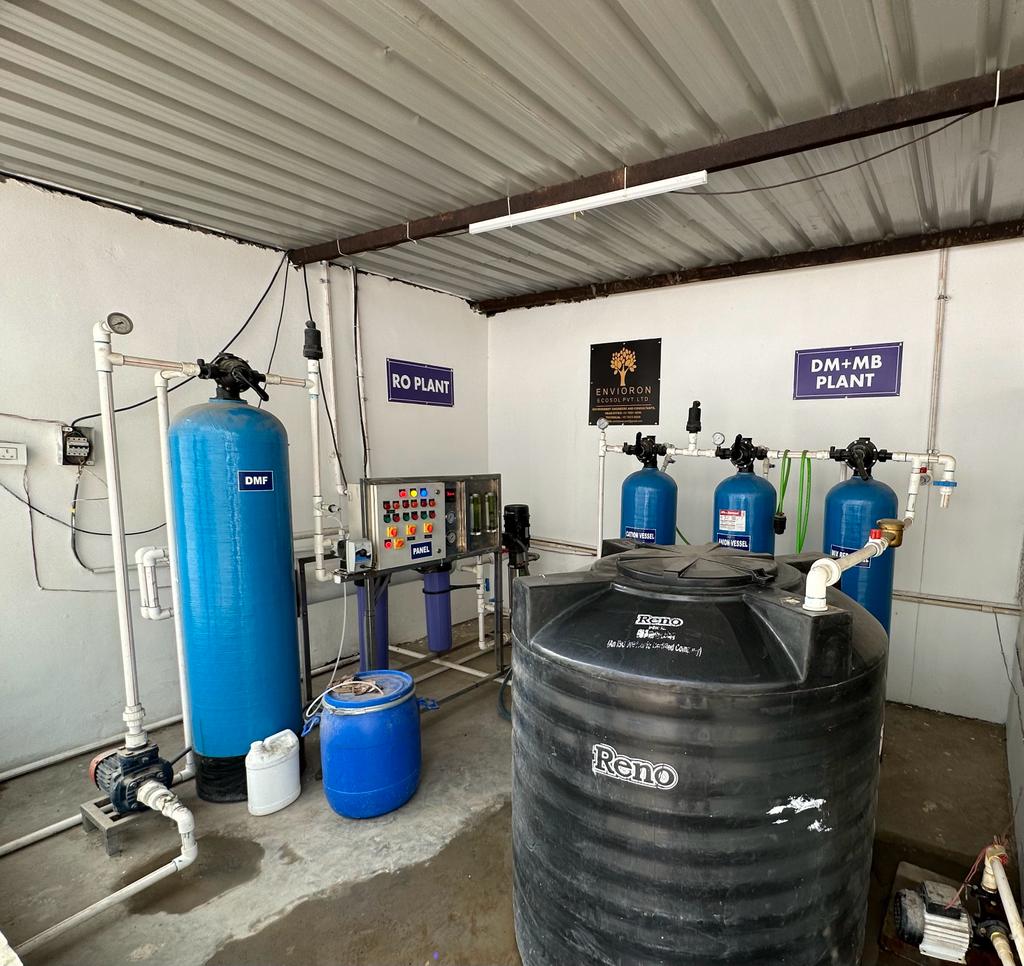Water treatment is the process of purifying water from various sources to make it safe for consumption, industrial use, and environmental protection. It involves removing contaminants and impurities from water through a series of physical, chemical, and biological processes.
The primary objective of water treatment is to ensure that water meets quality standards for human health and environmental sustainability. Whether sourced from natural bodies of water, groundwater, or municipal supplies, water treatment plays a crucial role in providing clean and safe water for communities, industries, and ecosystems.
Products:
Ultra-Filtration (UF)
An ultrafiltration (UF) plant is a type of water treatment facility that employs membrane filtration technology to remove suspended solids, bacteria, viruses, and other contaminants from water. UF is a physical separation process that uses semipermeable membranes with pore sizes typically ranging from 0.01 to 0.1 micrometers.
Reverse Osmosis (RO)
A reverse osmosis (RO) plant is a water treatment facility that utilizes reverse osmosis technology to remove contaminants, dissolved minerals, and impurities from water. RO is a membrane-based filtration process that applies pressure to force water molecules through a semipermeable membrane, leaving behind dissolved solids and other contaminants.
Demineralization Plant (DM)
A Demineralization Plant (DM), also known as a deionization plant, is a water treatment facility designed to remove dissolved minerals, ions, and salts from water. The primary purpose of a DM plant is to produce high-quality demineralized water for various industrial processes, laboratory use, and other specialized applications.
Softener Plant
A Softener Plant, also known as a water softening plant, is a water treatment facility designed to remove hardness minerals, primarily calcium (Ca2+) and magnesium (Mg2+), from water. The process of water softening involves exchanging hardness ions with sodium ions, typically through a process called ion exchange.
Rain Water Harvesting
Rainwater harvesting is a sustainable practice that involves collecting and storing rainwater for various uses, such as irrigation, landscaping, groundwater recharge, and even indoor non-potable purposes. The process typically involves capturing rainwater from rooftops, land surfaces, or other catchment areas and directing it to storage tanks, cisterns, or infiltration systems for later use.



